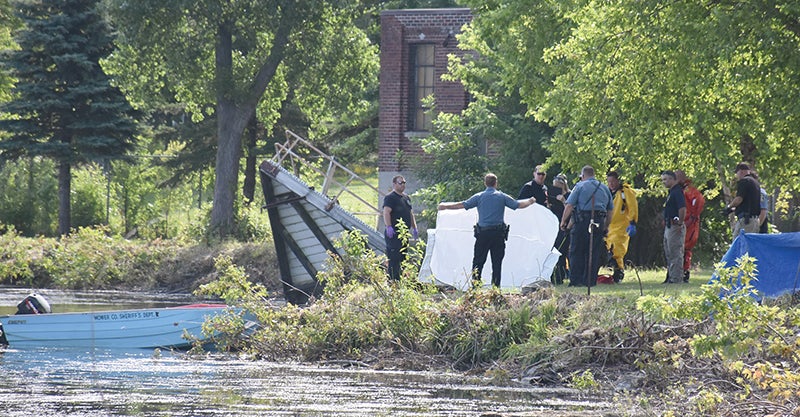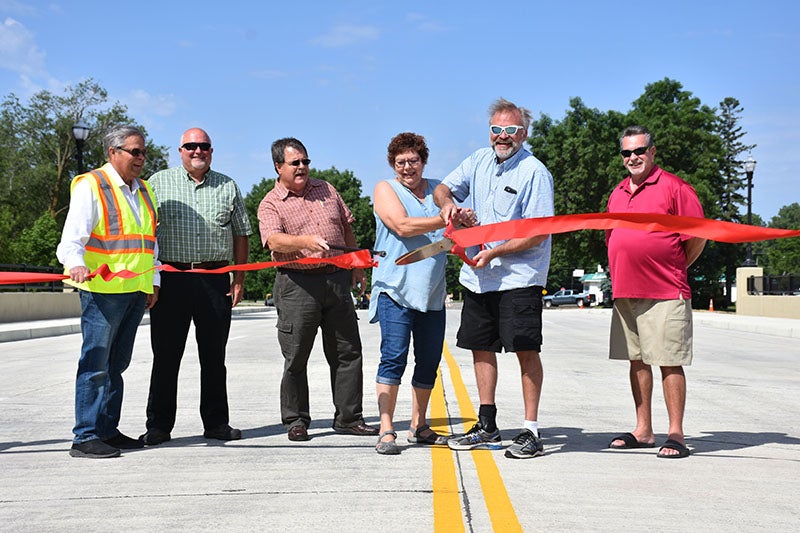HRA weighs costs, benefits of improvement program options
Published 10:23 am Friday, March 16, 2012
The Austin Housing and Redevelopment Authority convened Thursday afternoon with its sights set on the fate of several run-down houses.
Board members considered what course of action to take with its Housing Improvement Program, which partners with Riverland Community College. The houses, obtained through tax foreclosure, suffered problems including cracking plaster, abandoned possessions and mold.
“Our first experience was a very good experience,” said Jim Hurm, executive director of the HRA. He said the HRA cannot rely on other properties being as suitable for improvement.
The HRA debated the costs and benefits of fixing up the houses versus demolishing them and emptying their lots. Board members debated whether a net loss on each improved residence was a concern for the HRA, or an essential part of the work they do. Through the HIP, the board can improve one to two houses a year with the help of eight students from Riverland involved in the program.
In response to the concerns of a resident, board members then discussed smoking issues at Pickett Place Apartments. The resident expressed concern that those in neighboring apartments were heavy smokers and the smoke would drift through the vents into other residents’ rooms.
“You’re murdering me by smoking,” the resident said.
In response, board members discussed penalties for smoking on the HRA’s smoke-free properties and resources that could assist smokers to quit.
They also set plans for their April 19 meeting, which takes place a day after the final “visions” for Vision 2020 are announced, to discuss the top 10 ideas chosen. Vision 2020 is a a grass roots community betterment project looking for 10 ideas to implement by 2020.





